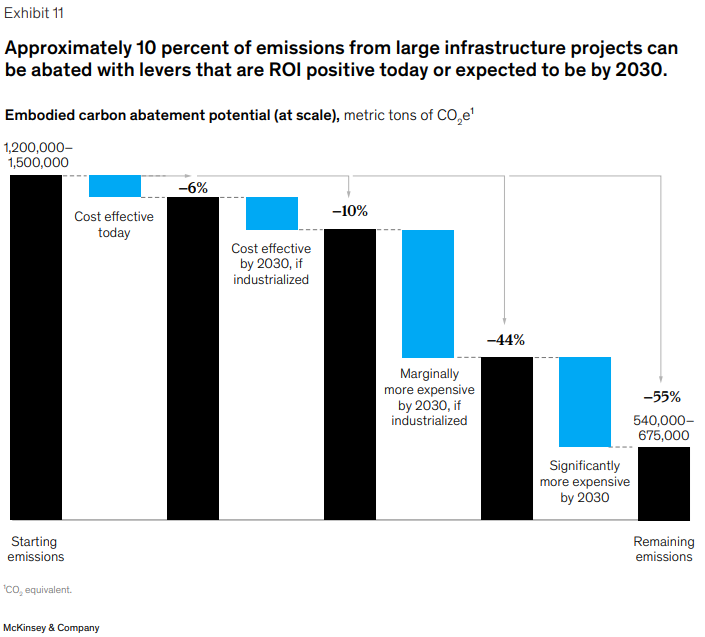New Guidance for Scope 3, Stagnation on SDGs and Alarming Sea Temperatures
In this issue:
New guidance on measuring Scope 3
New guidance on measuring Scope 3 emissions has been published this week by SBTi (Science Based Targets initiative). The guidance is aimed at helping larger organisations help their suppliers set their own science based targets. With supply chain emissions thought to be over 10 times that of the direct emissions of large multinationals, effective implementation could make a huge difference to total emissions.

SDG progress stagnates, NZ ranks 27/166
Progress on achieving the 17 SDG’s by 2030 has stagnated around the world. A report just issued by the UN Sustainable Development Solutions Network reveals while progress between 2015 and 2019 was meaningful, the last 3 years have seen little or no improvement. New Zealand’s currently ranks 27th out of 166 in performance with an index score of 78.4. NZ is showing stagnation for 8 of the SDGs, moderate improvements for 7 and on-track for only one category, gender equality. While, overall, none of the categories showed a worsening trend, some of the headline indicators, such as homicide and pre-primary learning are deteriorating. On the positive side, access to electricity, drinking water, maternal mortality rate and government spending on health and education are improving.
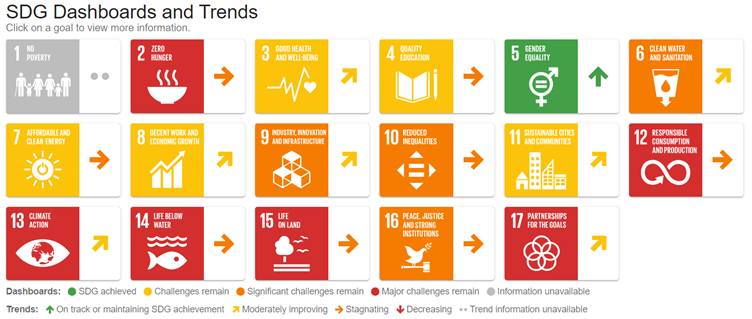
Tackling the skills gap Aussie style
The State of Victoria is tackling the energy skills shortage head on having just published its Clean Economy Workforce Development Strategy. Based on the three pillars of Mitigation and Adaptation, Renewables and the Circular Economy, the ten year plan is intended to inform government planning and investment in skills and training. Interestingly, the state government is resurrecting its State Electricity Commission to help create the expected 59,000 extra jobs.

Sea temperatures rocketing
Ocean temperatures have shown an alarming increase in the last few months, with the highest averages since satellite began. The Sea of Japan is running at 4C above average for the time of year and the North Atlantic has been experiencing a marine heatwave which is posing a serious threat to marine life and sea vegetation. El Nino is partly to blame but climate change is the underlying problem. There are implications for weather systems and agricultural production and human health around the globe.
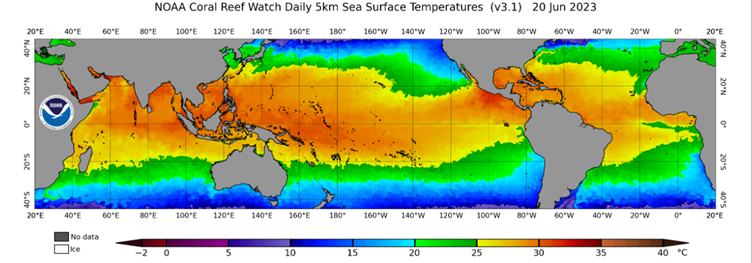
Carbon removal market grows 300% in two months
The market for carbon removals has seen growth of 300% in the last two months and has grown into a US$400m (NZ$650) market in the last three years, according to an article in Energy Monitor. Recent activity has been boosted by a major purchase by JPMorgan Chase, although the largest purchasers remain Microsoft and Airbus. While the market is growing astronomically, it is from a small base and the delivery of projects is spread over extended time periods. Only around 2.1% of purchases have so far been delivered and progress towards the IPCC’s suggested 2050 goal of 10 gigatons sits at 0.04%.
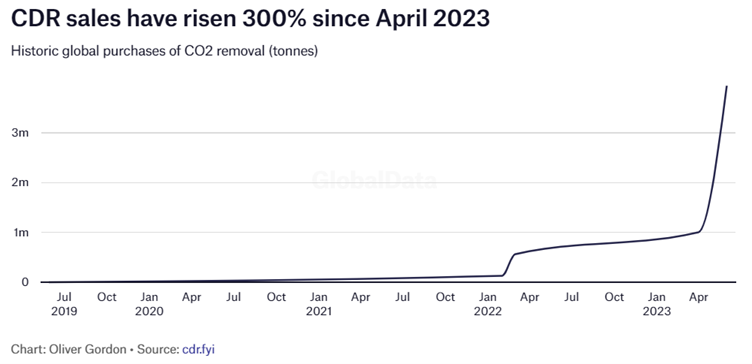
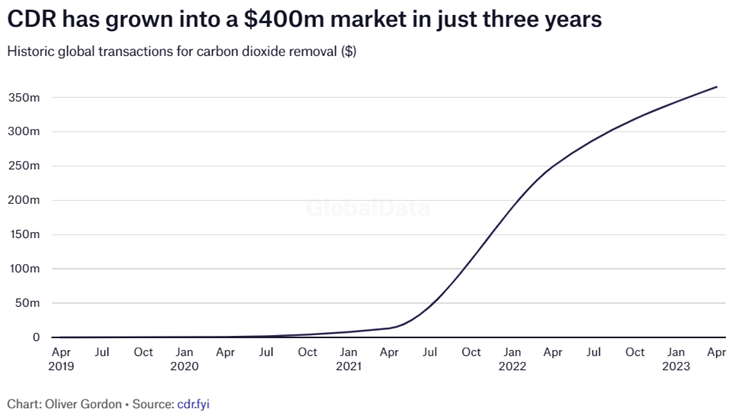
Built environment emissions can be cut by 75% in 5-10 years
A new report from McKinsey suggests existing technologies, when combined with expertise in their application, could reduce emissions from the built environment by 75% over the next 5 to 10 years. The report highlights 22 critical levers to enable this, suggesting operational emissions can be cut by 90% and embodied emissions by 60%. For those working in the industry, the report holds few surprises and limited new information. For those looking to influence policy and decision makers, it is a useful summary of potential.
